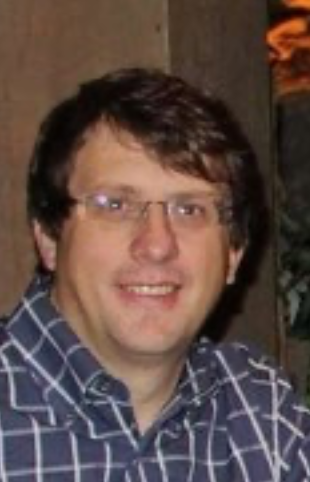Elk Hills Monterey Fm – Challenge of Incorporating Complex Natural Fractures to Improve Production
OR
About the Course
PESA members, view the course for free!
Elk Hills, initially designated as Naval Petroleum Reserve No. 1, is a large anticlinal field discovered in 1911 in the southern San Joaquin Valley of California. Elk Hills is a complex structure with multiple reservoir horizons including a highly fractured bio- siliceous unit. Focus of this paper will be on the Antelope Shale (Antelope) member of the Monterey Formation which has variability in production due to variations in net pay and degree of natural fracturing. The goal of this project was to understand the natural fracture complexity of the Antelope interval, influence on production variability and provide insight for development.
the work and workflows used to provide information obtained in a study involving 188 image logs over the Elk Hills structure. The study was designed to identify variability in fracture type, orientation, aperture and relationship to bedding over the field. We will also outline the systematic approach from Scope of Work, project Quality Control and final results including the benefit of a field wide approach compared to prior small area studies. The approach involved selection of high quality data sets that provided geographic coverage vertically, laterally and by tool type. Data sets came from different vendors and showed that each tool type gave consistent response that could be used for comparable evaluation of fracture type, orientation and aperture. Although, OBM imagers provided lower resolution image data and made it more difficult to identify resistive vs. open fractures, the knowledge obtained from WBM image analysis in nearby wells aided in identifying low resistive fractures.
The fractures in the target section were picked in considerable detail focusing not so much on one particular fracture type, but providing a spatially well populated and distributed data set that allowed for the mapping of orientation, fracture type, aperture and frequency by zone. The results provided insights into the nature and extent of the fracture distribution by zone within the Antelope interval.
Due to the complexity of the structure and geology, we will show through examples that the majority of fractures identified are perpendicular to bedding and fall into two orientations. The approach used allowed the bedding perpendicular fractures to be distinguished from stress related fractures.
A positive comparison to production was achieved by integrating weighted fracture intensity and reservoir quality from the petrophysical model.
We present an approach for handling large borehole image data sets and presenting the information in a way that is beneficial to selection of production intervals and understanding the character of different fracture sets across a field or an exploration area. The techniques presented are applicable across a wide range of environments provided there is the data available.

Your Instructor

Nicholas Harvey has worked in the Oil and Gas as well as mining industry for 30 years and is CEO of Harvey Rock Physics which undertakes advanced petrophysical studies from open hole logs and particularly borehole images.
Whilst at Harvey Rock Physics, he helped create the innovative tablet based package LogScope which allows viewing of tailored wireline log displays as well as petrophysical interpretation.
He obtained a degree in Applied Geology from Curtin University, Perth, Western Australia in 1985. He has continuously worked in the Oil and Gas and Mining Industry since 1984 when he joined Western Mining Corporation managing geoscience computer applications. He has also worked for Restech Europe Ltd in 1990 , and then BP.
When he moved back to Australia in 1995 he started working in minerals logging focussing on slim hole acoustic televiewers. He joined Baker in 1997 and had assignments in Perth , West Africa before joining Crocker Data Processing in 2003 managing the Petrolog Imagelog module and performing Petrophysical and Image interpretation projects. In 2007 joined Weatherford Australia Pty Ltd as Earthview Image Advisor and in 2010 he joined Target Oilfield Services Pty Ltd performing image interpretation projects in Middle East and Australia. In mid 2011, he started Harvey Rock Physics.
